Latest Developments in the U.S. Trade War: What Importers Need to Know
With a number of announcements from U.S. President Donald Trump this month, here is a roundup of the latest tariff updates taking effect in August 2025:
US De Minimis Duty-Free Exemption Ends
U.S. President Donald Trump signed the “Suspending Duty-Free De Minimis Treatment for All Countries” Executive Order of July 30, 2025, which eliminates the “de minimis” entry, also known as Section 321 clearance, a duty-free exemption for shipments entering the U.S. valued at $800 USD or less, effective August 29, 2025 on or after 12:01 a.m. Eastern Daylight Time.
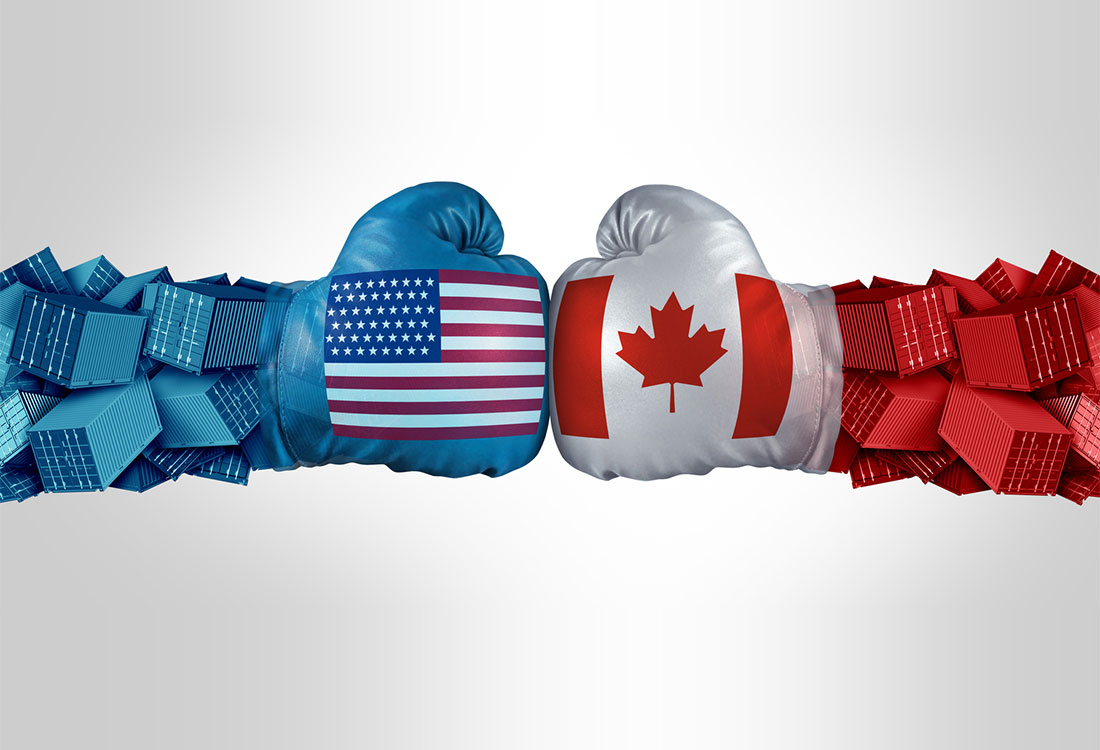
- Affects more than 4 million packages entering the U.S. daily
- All standard documentary requirements are now in place for similar high-value shipments
- Customs clearance must now be completed by a licensed customs broker or the importer directly with US Customs
Revised Reciprocal Tariffs
U.S. President Donald Trump’s revised Reciprocal Tariffs went into effect 7 days after the date of the Executive Order of July 31st – i.e. on August 7th, at 12:01 a.m. Eastern Daylight Time (EDT).
Please note the following additional information:
- European Union (EU):
- 15% cap on the Reciprocal Tariff
- If a good has a regular US import duty rate under 15%, the total duty on that line item will be the regular Duty Rate and the Reciprocal duty will bring that lines duty to 15%
- Ex. HTS 3923.50.0000 has a regular Duty Rate of 5.3%. This would be reported as:
- 9903.02.20 – 9.7% (Reciprocal Tariff)
- 3923.50.0000 – 5.3% (Regular Duty Rate)
- Effective Duty Rate – 15%
- If a good has a regular US import Duty Rate over 15%, then the reciprocal duty rate will be 0%.
- Ex. HTS 6201.40.2015 has a regular Duty Rate of 27.7%. This would be reported as:
- 9903.02.19 – 0% (Reciprocal Tariff)
- 6201.40.2015 – 27.7% (Regular Duty Rate)
- Effective Duty Rate – 27.7%
- Ex. HTS 6201.40.2015 has a regular Duty Rate of 27.7%. This would be reported as:
- 15% cap on the Reciprocal Tariff
- Brazil:
- An additional 40% tariff, that is separate from the IEEPA – RECIP, total IEEPA duty on Brazilian goods is now 50%
- This is also separate from the 301 Investigation that started on July 18th
- This includes an exclusion for goods that are already laden onboard the final vessel en route to the U.S., and the exclusion lasts until October 5th
- Canada:
- 35% (previously 25%) on all non-CUSMA/USMCA qualifying goods
- Mexico:
- Reciprocal tariff increase to 30% (currently at 25%), on non-USMCA qualifying goods, paused for 90 days
- China
- The Revised Reciprocal Tariff rate expected to be announced on August 12, 2025, has been paused until November 10, 2025, while China and the U.S. continue negotiations
50% Section 232 Duties on Copper and Copper Products
U.S. President Donald Trump signed the “Adjusting Imports of Copper into The United States” Proclamation of July 30, 2025, which applies new Section 232 import duties on certain copper products, effective August 1, 2025.
- A 50% ad valorem duty will be applied to the copper content of semi-finished and intensive copper derivative products
- List of affected HS tariff classifications may be found here
50% Section 232 Duties on 407 new Steel and Aluminum Derivative Products
On Friday, August 15, 2025, at 4:15 pm EDT, the US Department of Commerce issued an additional 407 HTS Codes to the list of steel and aluminum derivative products subject to tariffs under Section 232. The new duties apply to goods entering the U.S. for consumption, or withdrawn from a warehouse for consumption, on or after 12:01 a.m. EDT, August 18, 2025
- These tariffs will apply to the steel and aluminum content of the affected products, while non-steel and non-aluminum content will remain subject to applicable reciprocal or other tariffs.
Guidance from US Customs and Border Security (CBP) may be found here:
- CSMS # 65936570 – GUIDANCE: Section 232 Additional Steel Derivative Tariff Inclusion Products
- CSMS # 65936615 – GUIDANCE: Section 232 Additional Aluminum Derivative Tariff Inclusion Products
Complete HS Tariff Classification Lists:
- Steel HS Tariff Classifications Subject to Section 232 Duties (50 percent) can be found here.
- Aluminum HS Tariff Classifications Subject to Section 232 Duties (50 percent) can be found here.
There are no exceptions for in-transit shipments.
Commodities which are made from steel that was melted and poured (or smelted and cast for aluminum) in the United States are not subject to these additional tariffs.
For more information, visit the Trade War Tracker on our website or contact Brian Rowe, Director – Customs Compliance & Regulatory Affairs.
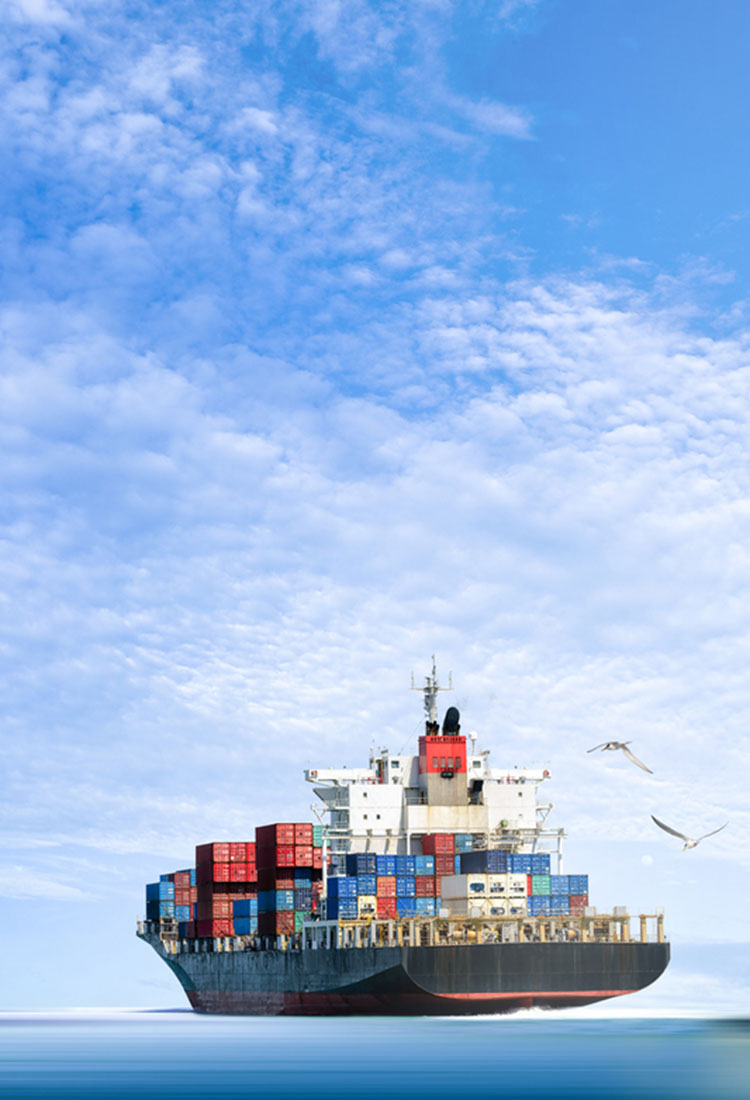
Reroute. Reclaim. Respond. Smarter Shipping Starts with the Right Strategy
In today’s volatile trade landscape, how you move your freight matters as much as where you source it. With new U.S. tariffs taking effect and cross-border trucking volumes declining, many importers are re-evaluating long-held shipping habits—especially those routing international goods through the U.S. before final delivery into Canada.
At Universal Logistics, we help clients pivot with confidence. Whether you’re sourcing globally or already working with overseas suppliers, we can design alternative routing strategies that avoid unnecessary U.S. tariffs, reduce clearance complexity, and streamline your freight path straight into Canada.
From direct-to-Canada ocean freight to flexible multimodal solutions with minimal border friction, our team ensures your supply chain adapts—not stalls—in times of disruption.
Let’s reimagine your routing—so you can keep goods moving and margins strong.
How the Next Phase of U.S. Tariffs Will Impact International Freight
The tariffs implemented by U.S. President Donald Trump are more than simply bargaining chips; they are revenue generators for the US Treasury, paid overwhelmingly by Americans. The higher the tariffs and the longer they remain, the more the treasury becomes accustomed to the revenue, and the worse it becomes for US import shipping demand.
The initial Trump 2.0 effect on shipping was mainly on timing; a rotation of import front-loading and order cancellations. The next phase will be more about gradually worsening pressure on US import freight volumes, as the demand downslide has been limited so far by the tariff lag effect.
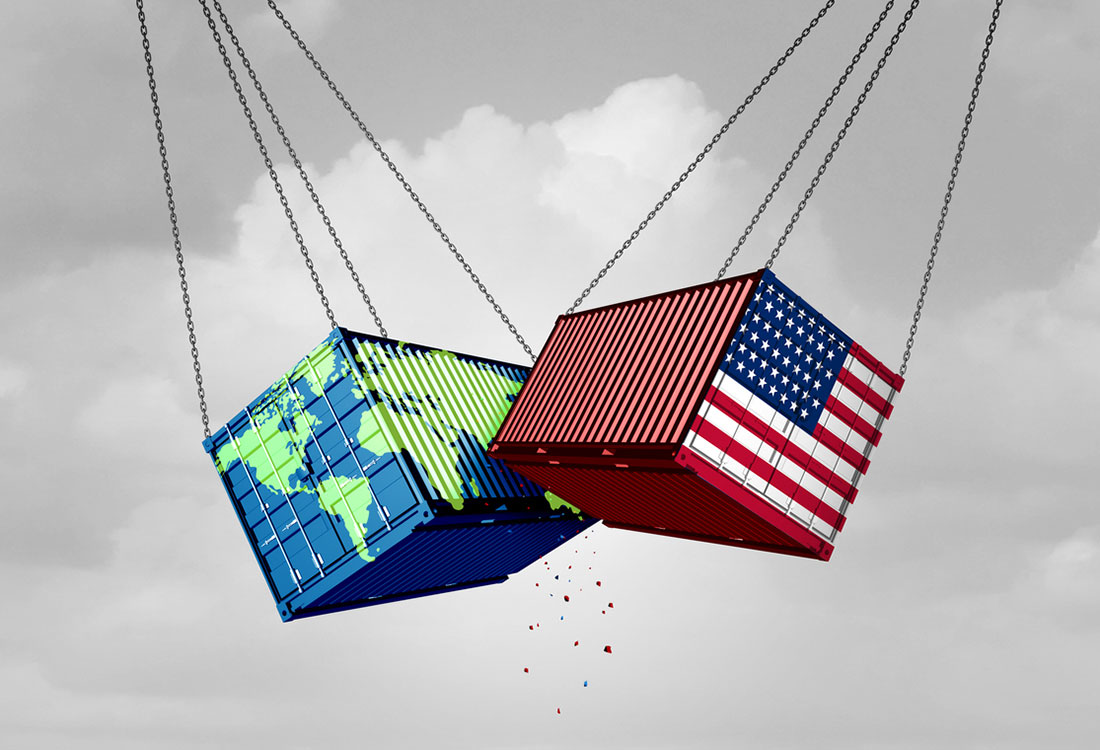
US importers front-loaded before deadlines and still have non-tariffed goods on their shelves. In other instances, they have absorbed the additional tariffs to stave off price hikes. Also, in many cases, they have used bonded warehouses to delay the actual customs clearance of cargo, which is the point where import duties are calculated and, in turn, billed to the importer of record.
The month of August marks a turning point. The Liberation Day tariffs have been reinstated, at lower levels than on April 2, but still historically high and well above the 10% baseline. Latest reports show the average US import tariff is roughly 18%, the highest level since the 1930s. US businesses are now accepting the fact that they will be paying higher import fees for longer periods. There are widespread reports that bonded warehouses are being emptied, meaning that US importers believe future tariff rates will increase, not decrease.
How could the shipping demand scenario change later in 2025 and 2026? It could get worse if other countries start retaliating. They largely have not thus far, which makes sense. A working paper by International Monetary Fund economists argued that the best strategy is not to retaliate and focus instead on growing non-US trade.
That seems to be the best scenario for freight volumes as well. Strength in other markets could compensate for weakness on US lanes, whereas a full-blown trade war would broaden demand destruction.
Some industry pundits feel international shipping’s only real escape from America’s self-inflicted demand destruction is if the lag effect winds down, inflation rises, more orders are cancelled, small and medium-sized import businesses start contracting or even worse collapsing, the U.S. goes into a recession, and political pressure forces a rollback.
However, given what we have seen thus far from the Trump administration, namely the unpredictability of decision-making and the constant pivoting after policies are enacted, predicting where this ends up is anyone’s guess
For more information, contact David Lychek, Director – Ocean & Air Services.
Cross-Border Trucking? Here’s How to Keep Freight Moving
Cross-border trucking has faced no shortage of challenges in recent years – from pandemic disruptions and protest-related slowdowns to shifting tariff rules. In this environment, even a small paperwork error can lead to hours of costly delays at the border.
Here are some key steps to help keep your shipments moving without interruption:
- Double-check your documentation. Make sure the commercial invoice is complete and accurate, including details such as country of origin, currency (CAD/USD), product descriptions, IRS#, HS codes, and the name of your customs broker. If the shipment includes hazardous goods or anything unusual, flag it clearly in advance.
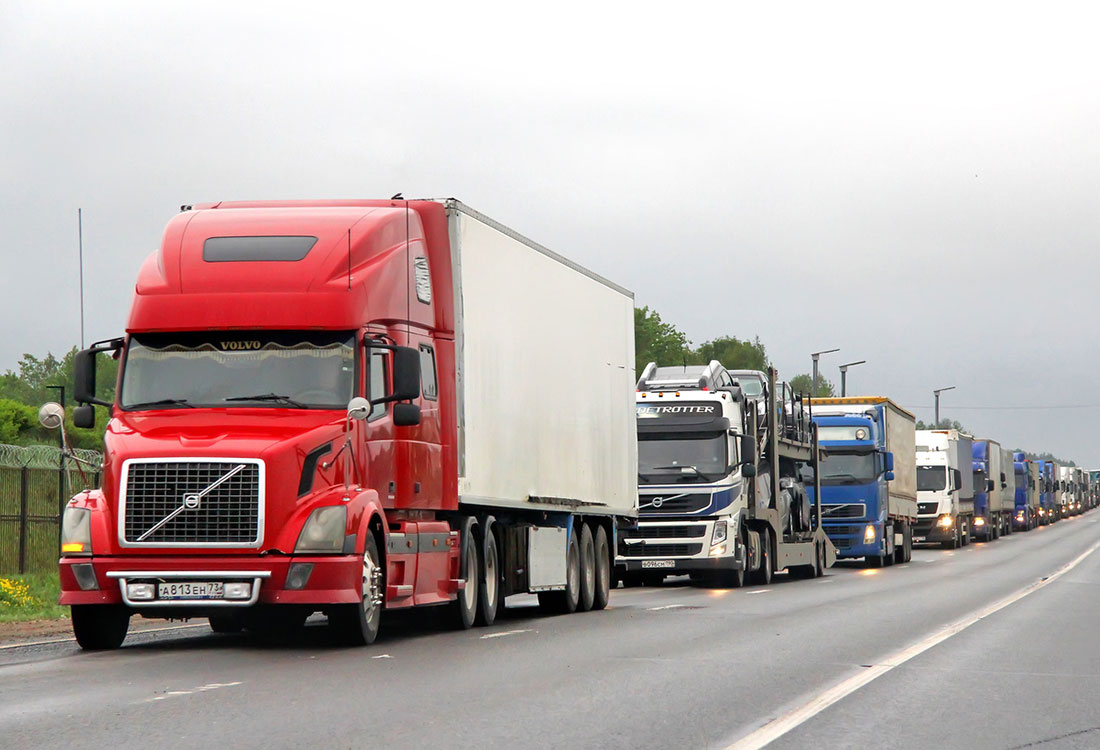
- Secure a valid CUSMA/USMCA certificate. Having this in place before shipping will help you avoid unnecessary tariff charges.
- Carry paper copies. Technology isn’t perfect – CBSA system outages can happen. Having hard copies of your paperwork can save valuable time.
- Confirm the port of entry. Last-minute changes can cause major issues, as Customs can’t always adjust quickly.
- Vet your carriers. Request carrier packages and insurance details before booking. Staying in touch during transit also provides added peace of mind and ensures you have updates at every stage.
With a little preparation, you can reduce border delays and make sure your freight arrives on time.
For more information, contact Melanie Basu, Truck Services.
Global Spotlight Quiz

Global Trade Trivia: Can You Name the U.S. City with the Second Largest Port?
- The city was originally named Wilmore City.
- Averages 345 days of sunshine per year.
- The historic ocean liner Queen Mary was converted to a hotel and tourist attraction after its retirement in this city in 1967.
- Hosts the Acura Grand Prix IndyCar series race every year.
Answer: Long Beach, California
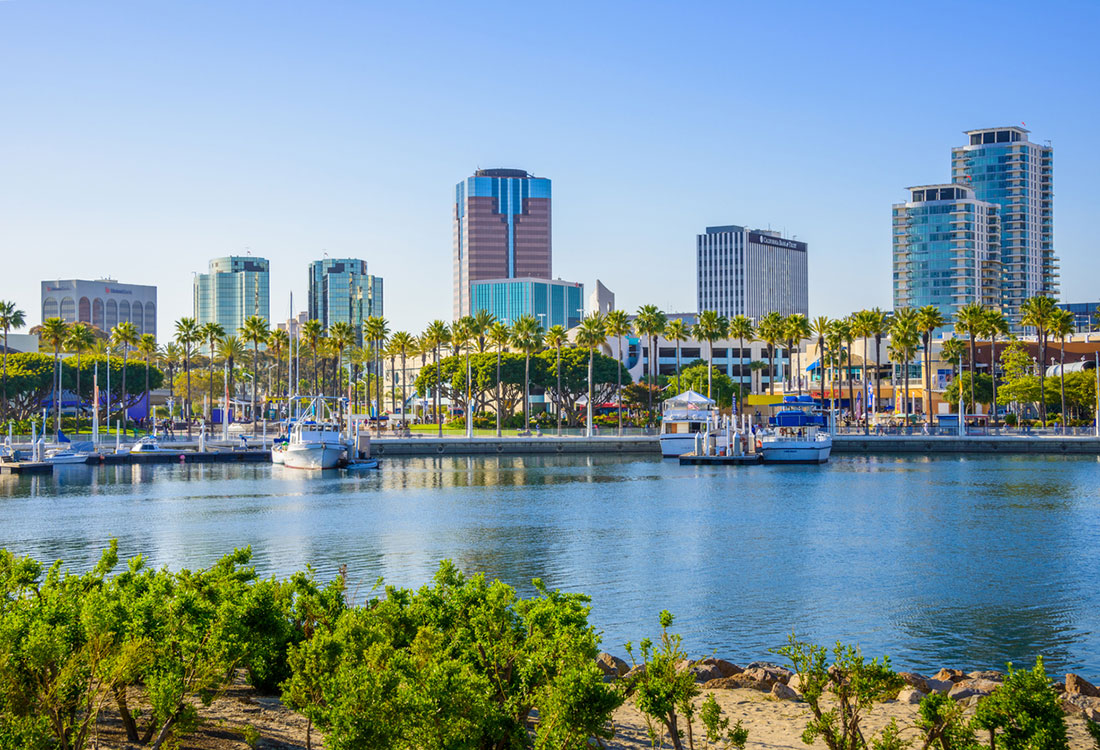
For more information about shipping freight to or from this city, contact Monserrat Vazquez, Manager – Freight Solutions.
Quick Tip
Maximize Load Capacity with the Right Equipment and Conveyance Strategy
Familiarize yourself with the specifications of:
- Ocean freight container sizes, specialized equipment & dimensions
- Airfreight container types or U.L.D.s (Unit Load Devices) and dimensions
- Truck types and specialized equipment, lengths & dimensions
- Pallet types, sizes and dimensions
Reduce your freight costs by taking advantage of loading the maximum allowable product in your chosen mode of transport.

At Your Service
Melanie Basu
Truck Services
Melanie Basu joined Universal Logistics in July 2021, as a member of the Truck Services team. In this role, Melanie manages the daily trucking requirements for many of our longstanding clients.
Melanie’s infectious attitude and great resolve have made her a vital member of our team and have resulted in consistent accolades from both clients and vendors alike.
In addition, she continues to support company-wide activities by playing important roles in internal events and committees.
Melanie can be reached by phone (905) 882-4880 ext. 1206 or by email.

Truck Services
SMART Logistics
Controlling how freight moves through your supply chain could save you thousands – or more.
Working with us means someone always asks: how can we make this shipment better?
Single-sourced trucking, customs clearance and distribution to expedite your freight shipments between the U.S. and Canada.
Route is produced monthly for the clients of Universal Logistics. Reader comment and story ideas are welcome. Comments of general interest to all Route readers will, with the permission of the writer, be published. Copyright © 2025 Universal Logistics Inc. All rights reserved. Reproduction for any commercial use is strictly prohibited.
Route is produced by Universal Logistics. Editor: Bettina Scharnberg. Email: bscharnberg@universallogistics.ca While every effort has been made to ensure the accuracy of information contained herein, Universal Logistics accepts no responsibility or liability for errors or omissions. Written correspondence should be forwarded to:


